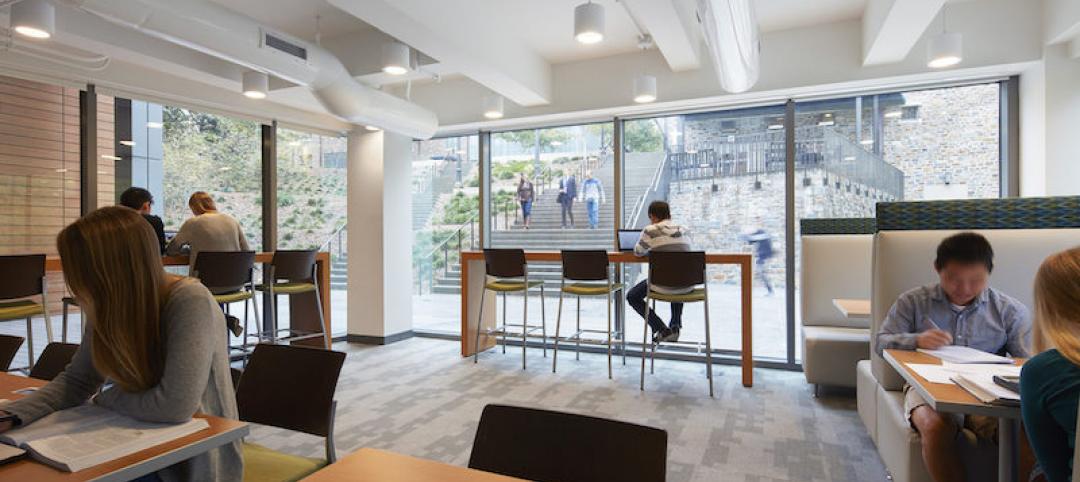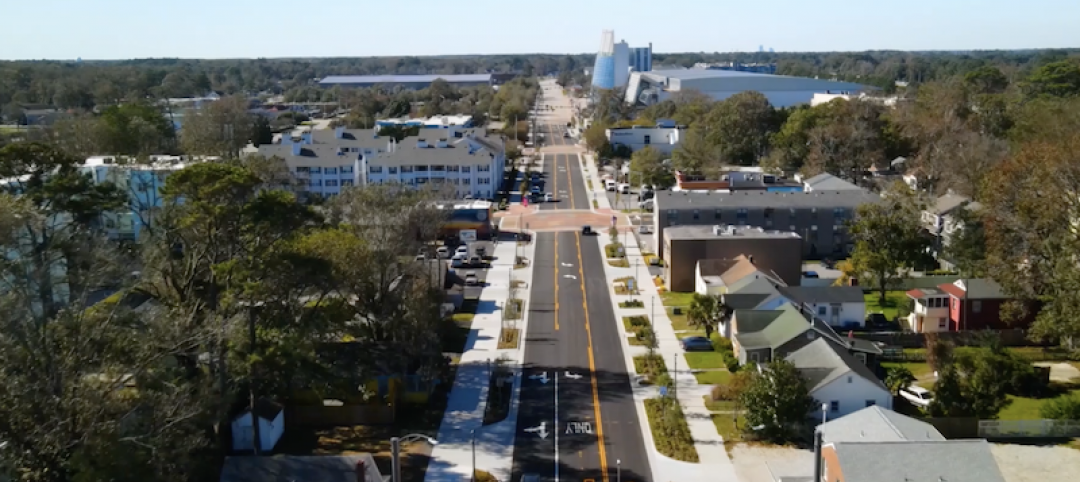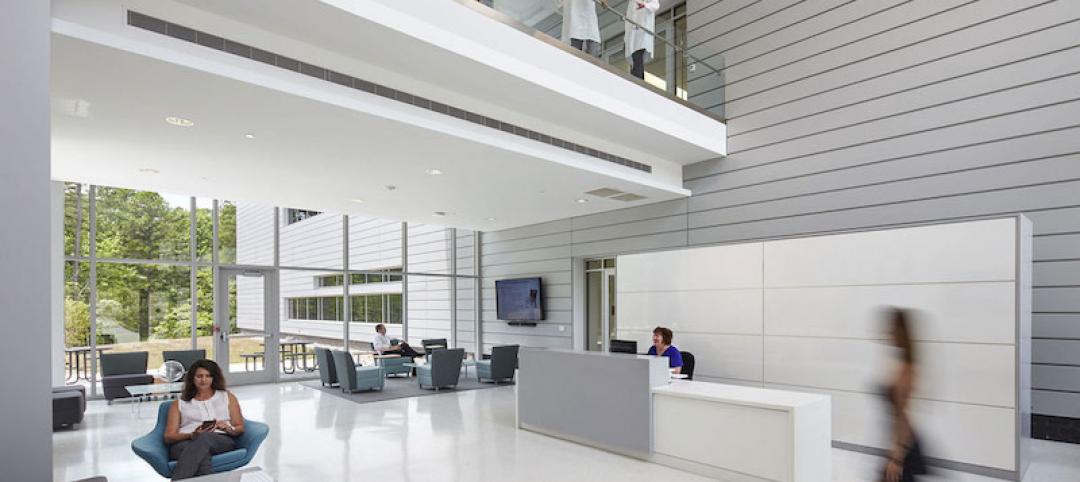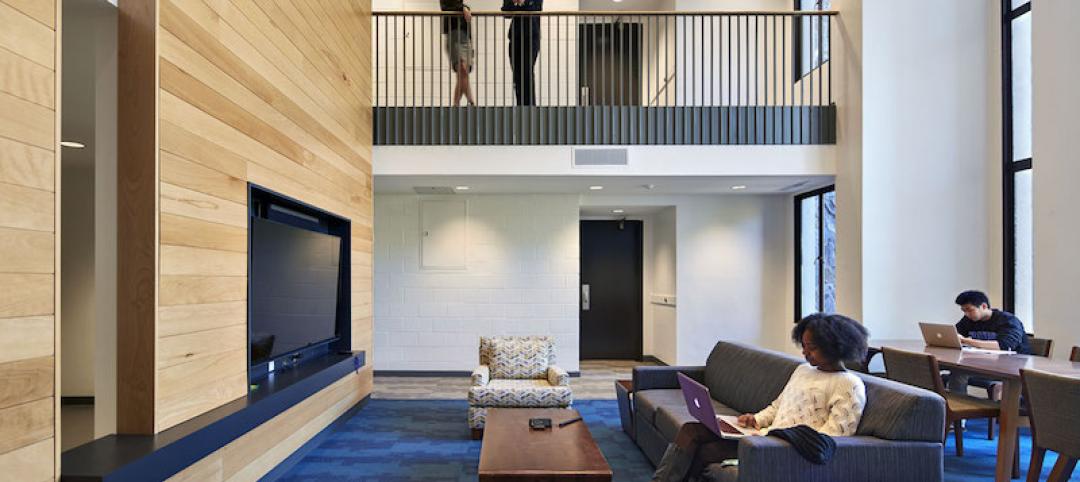Over the last few years, public libraries have transitioned from being buildings that only store and lend books to being fully featured community centers. While today's public libraries are still committed to sharing knowledge and providing easy access to books and other publications, they have transformed into spaces that offer 3D printing tools, Wi-Fi hotspot devices, and COVID-19 tests. As a result, libraries are now meeting places, maker spaces, centers for literacy, places for workforce development, and so much more.
Since libraries serve specific communities, one size and one design do not fit all. The most successful public libraries are designed with people in mind and with the help of the community they serve. These libraries not only reflect the identity of the individuals using the space but also provide the staff, stakeholders, and users with a sense of identity and ownership of the library.
As designers, we need to learn what makes the community tick. What is most important to those who use the library? How can the library serve the community best? Clark Nexsen's process is to work closely with the library staff, community, government, and other stakeholders through design charettes and interactive work sessions to develop their combined vision for their public library.
With our activity-based programming method, we develop a library building program and an adaptable building design that allows for "no dark spaces," meaning spaces do not sit around unused. Instead, they have multiple, flexible purposes filled with library activities throughout the day.
Current Trends
Over the past few years, more and more libraries have been implementing the following trends to serve their communities better:
ACCESS TO TECHNOLOGY:
Technology has permeated all aspects of our lives. However, only some have access to computers or even the internet. Today, many libraries are helping fill that gap by providing access to the internet and the newest technology for all ages while advancing technology literacy skills with classes and workshops.
WORKFORCE DEVELOPMENT:
Today's libraries focus on workforce development by providing meeting rooms, co-working spaces, and access to printers and scanners. Additionally, libraries offer resume writing training, classes on how to dress for an interview, and sessions on how to use new technologies.
COMMUNITY CENTER:
Libraries serve entire communities and act as community living rooms, are performing arts venues, offer spaces for social interaction, or provide programming, classes, and workshops. As a result of the wide variety of uses libraries now have, they need spaces that can be interactive and loud, or intimate and quiet, while being warm, and welcoming. In addition to providing books to check out, libraries are increasingly providing technology like iPads, cameras, fishpoles, or tools to meet the needs of their community. Some libraries integrate access to a coffee shop into the library design and operation. This is often achieved with community and small or commercial business partners.
EARLY LITERACY:
Research has shown that the ages of 0-6 are the most formative years for brain development. Many libraries understand that they are critical to young children's early literacy and offer family spaces, story time areas, interactive children's exhibits, and learning labs with technology to teach literacy and enhance reading skills.
Future Trends
The COVID-19 pandemic forced libraries to shift much faster into the digital transformation that was already happening. Online registration for library cards and access to electronic material presented new challenges and opportunities for libraries. This quickly evolving digital landscape has also affected people. The pandemic exacerbated an issue in which individuals were being increasingly isolated through technology. Video games, social media, and even on-demand streaming made it easy for users to not interact with other people.
Moving forward, libraries can help users by being a safe, inclusive space where people can interact with each other. As a result of the pandemic and quickly evolving technologies, here are a few future trends to look for in public libraries:
DATA AND INFORMATION LITERACY:
With an increase of misinformation online, in the media, and thru foreign adversaries, libraries could host classes and workshops on media and information literacy, fake news, and internet safety. This could help empower users to identify what misinformation is in the media they consume and observe.
CONNECTED LEARNING:
It is vital for public libraries to connect teenagers with a wide range of technologies and resources so they can explore their passions and hobbies. Whether it's learning to write code, recording music, filming a movie, or building a robot, libraries can provide free, easy-to-access resources for teens to hone their skills.
CREATIVE PLACEMAKING:
Creative space-making was coined by Ann Markusen and Anne Gadwa Nicodemus for the National Endowment for the Arts in 2010. They believe that creative space-making is the process in which "partners from public, private, non-profit, and community sectors strategically shape the physical and social character of a neighborhood, town, city, or region around arts and cultural activities." Libraries could be a critical partner in that process and as a place that creates meaning and memory.
ARTIFICIAL INTELLIGENCE:
Artificial Intelligence will have a significant impact on the way we work and learn. It can be a helpful tool, but it does have ethical and societal implications and dangers. As the technology becomes more mainstream and accepted, libraries will have to find ways to incorporate AI into their operations. For example, libraries could leverage AI to improve the analytics and recommendations of their digital catalog, freeing up time for staff for other tasks. Libraries could also play a role in algorithmic literacy and workforce development, providing classes and workshops on both.
LIFELONG LEARNING:
Libraries provide learning services and resources to all ages. As the population ages and life expectancy increases, there will be a higher demand for activities for senior and retired adults. Public libraries will take on the role of community and meeting spaces, offering curated programming, collections, and services to this older population.
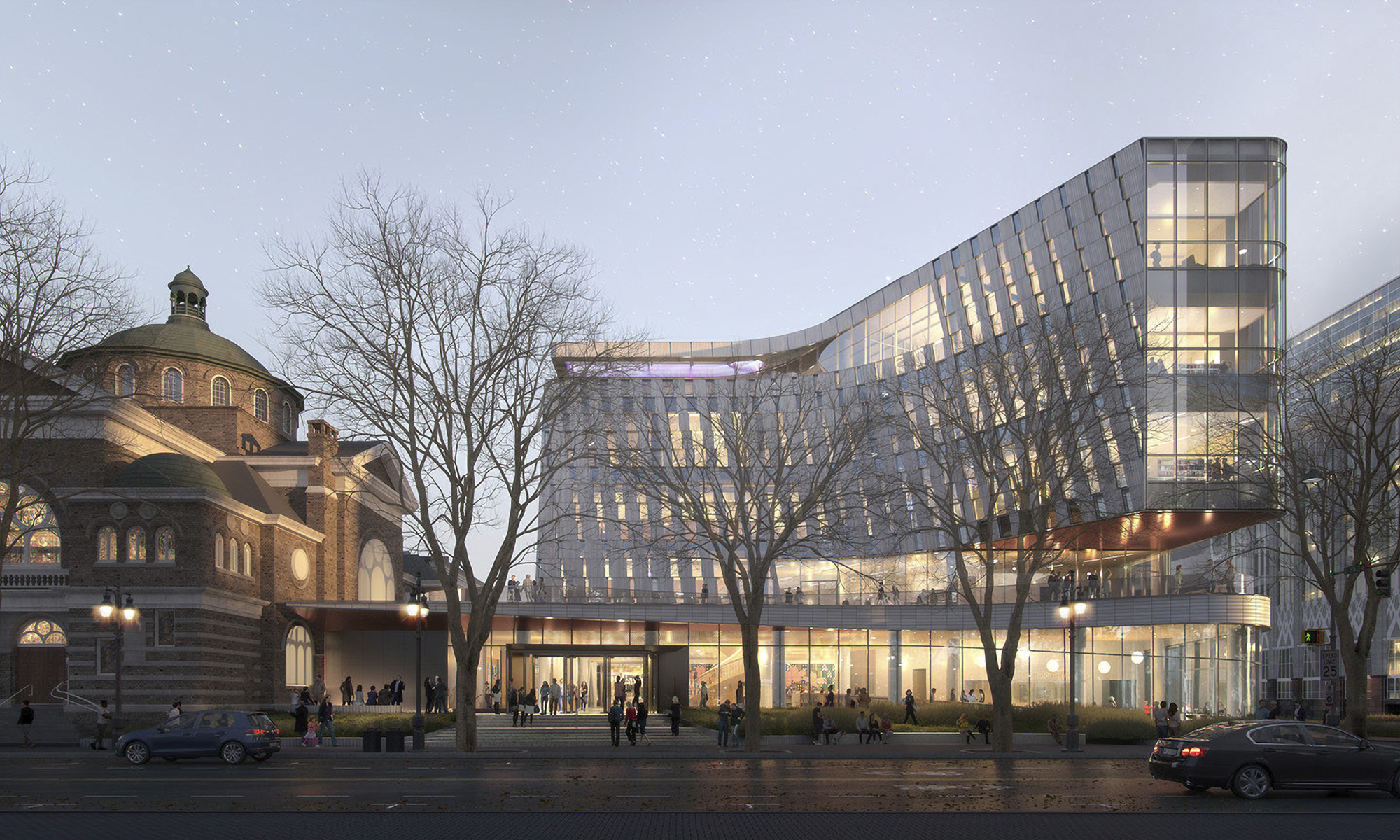
The Libraries of Tomorrow
An example of a library of tomorrow is the Charlotte-Mecklenburg New Main Library, a collaborative project between Clark Nexsen and Snøhetta. This brand-new public library, scheduled to be completed in 2026, is a modern facility that offers outdoor and indoor spaces, which are intended to welcome visitors, foster community interactions, and provide users with the tools and technologies to pursue their passions for years to come.
The New Main Library will be a six-level, 108,000-sf facility designed to meet the needs of the community. An extensive public planning process with library users and community members provided a blueprint that balances traditional library offerings with greater capacity for gatherings and social interactions. Additionally, each floor is designed with a specific thematic focus and equipped with advanced technology capabilities to meet the growing demand for digital materials.
The second floor has a welcome and orientation center for new Mecklenburg residents, a job training center, and a counseling services space.
This level will also have technology and makerspace offerings, such as an open computer and learning area, a digital visualization lab with an immersive theater, an innovation lab, and a "genius bar" that will provide tech resources and assistance to users.
On the fifth floor, visitors can access the destination reading room and one of several outdoor terraces, which can be used for meetings and events.
As communities evolve and change, libraries must be flexible and adaptable to meet those changes. Designers, architects, planners, and stakeholders all have an obligation to listen to those needs and continually learn from these evolving communities. Whether it's a state-of-the-art library in Charlotte or the library of the future, it is essential to remember that libraries aren't just for books. They are for people. As we move forward into the 21st century, we must pay attention to the trends and needs of today so we can create the libraries of tomorrow.
More from Author
Clark Nexsen | Sep 30, 2024
The importance of selecting healthy materials for K-12 projects
Clark Nexsen interior designers Anna Claire Beethoven and Brittney Just, CID, IIDA, LEED Green Associate, share why it is imperative to specify healthy building materials in K-12 schools.
Clark Nexsen | Apr 25, 2024
How pools can positively affect communities
Clark Nexsen senior architects Jennifer Heintz and Dorothea Schulz discuss how pools can create jobs, break down barriers, and create opportunities within communities.
Clark Nexsen | Oct 2, 2023
4 design strategies for successful K-12 magnet schools
Clark Nexsen's Donna Francis, AIA, Principal, and Becky Brady, AIA, share four reasons why diverse K-12 magnet schools require diverse design.
Clark Nexsen | May 17, 2023
Designing K-12 schools for students and safety
While bullying, mental health, and other acts of violence are all too common in schools today, designers have shown that smart and subtle preventive steps can make a big difference. Clark Nexsen’s Becky Brady shares how prevention and taking action at the design level can create safe and engaging learning environments.
Clark Nexsen | Jul 1, 2022
How to apply WELL for better design outcomes
The International WELL Building Institute (IWBI) cites attracting top talent, increasing productivity, and improving environmental, social or governance (ESG) performance as key outcomes of leveraging tools like their WELL Building Standard to develop healthier environments.
Clark Nexsen | Jun 3, 2021
What's next for workplace design?
Balancing personal space and the need for collaboration.
Clark Nexsen | Apr 1, 2021
The changing face of freshman and sophomore student housing
As part of a surge in new housing projects for freshman and sophomores, we are seeing increasing demand for double occupancy rooms and suite-style arrangements in both new construction and renovation projects.
Clark Nexsen | Feb 17, 2021
Best practices for streetscape design that cultivates community
Well-designed streetscapes provide a wealth of benefits for their respective communities.
Clark Nexsen | Oct 20, 2020
Best practices in S+T office design
Within the constraints of the typical COVID-19 office protocols, lab users face the additional challenge of working with hands-on processes, tight schedules, and shared resources.
Clark Nexsen | Aug 3, 2020
5 reasons universities are renovating student housing
Clark Nexsen’s Student Life practice leader, Peter Aranyi, discusses the benefits of renovation and why it offers particular value to campuses nationwide.








